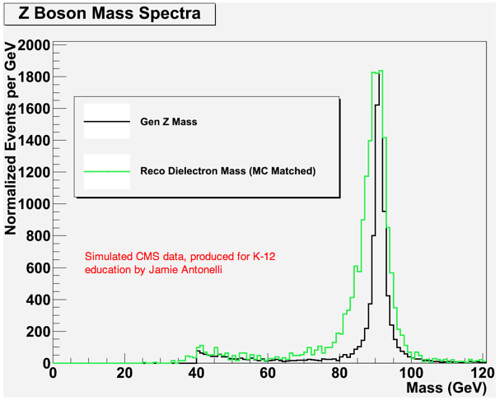
This slide, taken from a blog describing the Summer 2010 International Conference on High Energy Physics, offers some glimpse into the long range planning that takes place in particle physics and in a number of other scientific fields, in this case on global and quarter-century scales. Teachers and students at the Notre Dame QuarkNet Center have had some sense of this long range planning, invited as we were into design and construction of components for the CMS detector some 11 years ago. Only this year has CMS begun to take data, but it has been bearing fruit in high school science education for many years.
Below is an image of an optical decoding unit designed with the help of high school teachers and assembled by high school students. More than 500 of these units are currently 100 meters underground in the data acquisition chain of the CMS detector at CERN. The discarded unit imaged here is housed in something like a museum cabinet at the NDQC, an early artifact produced by some of the ~170 students who have participated in particle physics research here over the past decade. These students and their students have become part of the particle physics community, and have become exposed and even acclimated to its international and decadal dimensions.

Below is plot produced by ND graduate student Jamie Antonelli, a moment in a conversation among teachers and physicists (including graduate students) about how best to explain the width of an important peak to student users of the CMS e-Lab, an online research environment. Both the project that funds creation of the e-Lab (I2U2) and the project which supports Jamie’s involvement in it (NDeRC) are the fruit of long-term planning among teachers and university researchers.

That long-term planning only took place because both parties were involved together in a research environment. In that environment, the task of science education looks very different than it seems in the classroom. Teachers come to see themselves as members of the STEM community, which is fundamentally a research community. To become members, they must contribute to the research, coming to understand it, to speak the language, to embrace the values. Yet their own expertise is not so much the research, but the craft of inviting young persons to participate in the community in some measure or other: from educated citizen supporters to frontier investigators. Teachers woven into the research community come to ask themselves: if the pipeline were flowing well into the STM disciplines, what exactly else would we be missing in STEM education? Or would we be getting it exactly right?
What would a long-term program for issuing effective invitations into STEM community look like? Food for thought.

